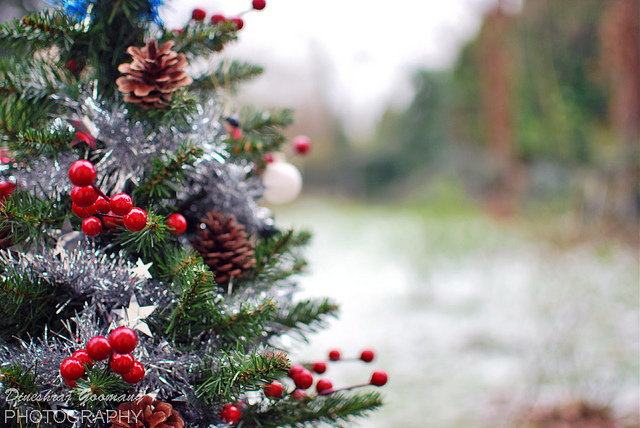Over the years, I have developed a bit of a strange habit.
I don’t recommend you try it at home.
For me, it started unconsciously, as many habits do.
I started picking and eating bits of random plants as I walked by, on hikes, in the garden. Wherever. Though I tend to steer clear of those near roads, trainways and so on. That would feel like eating a smoker—mmm, tar and fumes.
I didn’t give it a second thought until one day I realized that I was sampling them. I was picking specific plants out. It felt like they were speaking to me.
I wouldn’t consciously wonder, “Could this plant be medicinal?” It was more like, “Hmm—my left hand is doing something and my right hand doesn’t know what it’s up to.” And the answer would well up within me: this plant is medicinal.
So I would go and look it up. And, almost invariably, it would appear that the plant I had been drawn to had the exact medicinal properties I needed at the time.
Freaky.
Unless you learn to let go and trust that your body has some kind of wisdom that is sub or super conscious. And perhaps that at least some of us are, for some reason, wired for this. Or perhaps just open.
Having said this—some plants are poisonous. So don’t piss about. Which is what I used to do, quite frankly.
But please know I almost died from eating a plant that had fine print which read:
The leaf must be peeled first as ingesting the skin can cause convulsions, paralysis and death.
I found this out later, after walking home in a delirious state and passing out into a hot, sweaty, induced coma which lasted several hours.
I guess I got off lightly. I hope you will learn from my faux pas.
But wait, you clicked this article because you wanted to read about how you can eat your Christmas tree.
Well, on Christmas day, as I was sitting around my cousin’s dinner table having civilized conversation with civilized people (about nifty innovations like the ones used to keep your beer cool and your hands warm), my own hands started doing their thing, while I wasn’t concentrating.
The centerpiece was just sitting there on the table, bold as brass, looking gawjus—calling my hands to it, in no uncertain terms.
It was made of Abies balsamea—Balsam Fir. Otherwise known as the common Christmas tree (at least the one used in the U.S.). Please find out the species of your tree to read about any medicinal benefits you could enjoy.
Before I knew it, I was nibbling away at the fine leaves, enjoying it and thinking to myself,‘“Hmm—this is medicinal.”
Maybe my family didn’t notice my strange behaviour. Perhaps they were just being polite. But this was far too exciting to pass up. I had to find out what I could use this for!
So I broke over to the other side and called attention to this strange phenomenon and watched joyously as everyone got out their mobile phones and consulted the Great All-Knowing-One: Google.
This is what we found. If you have the same kind of Christmas tree as we do, you could enjoy the following benefits:
> Antiseptic, diuretic, analgesic, expectorant, stimulant.
> Used as a cream or ointment for piles and root-canal sealers.
> Native Americans applied the resin externally to treat burns, sores, bruises, sore muscles and wounds.
> The leaf tea is used for colds, cough, and asthma.
> It can help with rheumatism, inflammation of the bladder, sciatica, neuralgia, epilepsy, erysipelas, erythema, colic, swollen inguinal glands, jaundice, iritis, dropsy, lumbago, worms, typhoid fever and bronchitis. (Aaaand breathe!)
The resin of another variety of Balsam Fir the Native Americans used, Abies lasiocarpa, Sweet Pine or, in Shoshone, “Wungobe,” can be mixed with grease or oil to make fragrant hair oil.
Bark and twigs can be used in a tea by steeping them (especially after crushing) in hot water.
Please note that the resin may cause dermatitis for some people.
Here’s a formula I tried:
Balsam fir, 1 oz.
Glycerin 4 oz.
Honey 4 oz.
Mix together thoroughly.
So, there you have it—the benefits of eating your Christmas tree. I hope you will try this one at home.
Oh and Happy New Year!
–
Author: Catherine Simmons
Image: Dineshraj Goomany/ Flickr
Editor: Nicole Cameron











Read 0 comments and reply